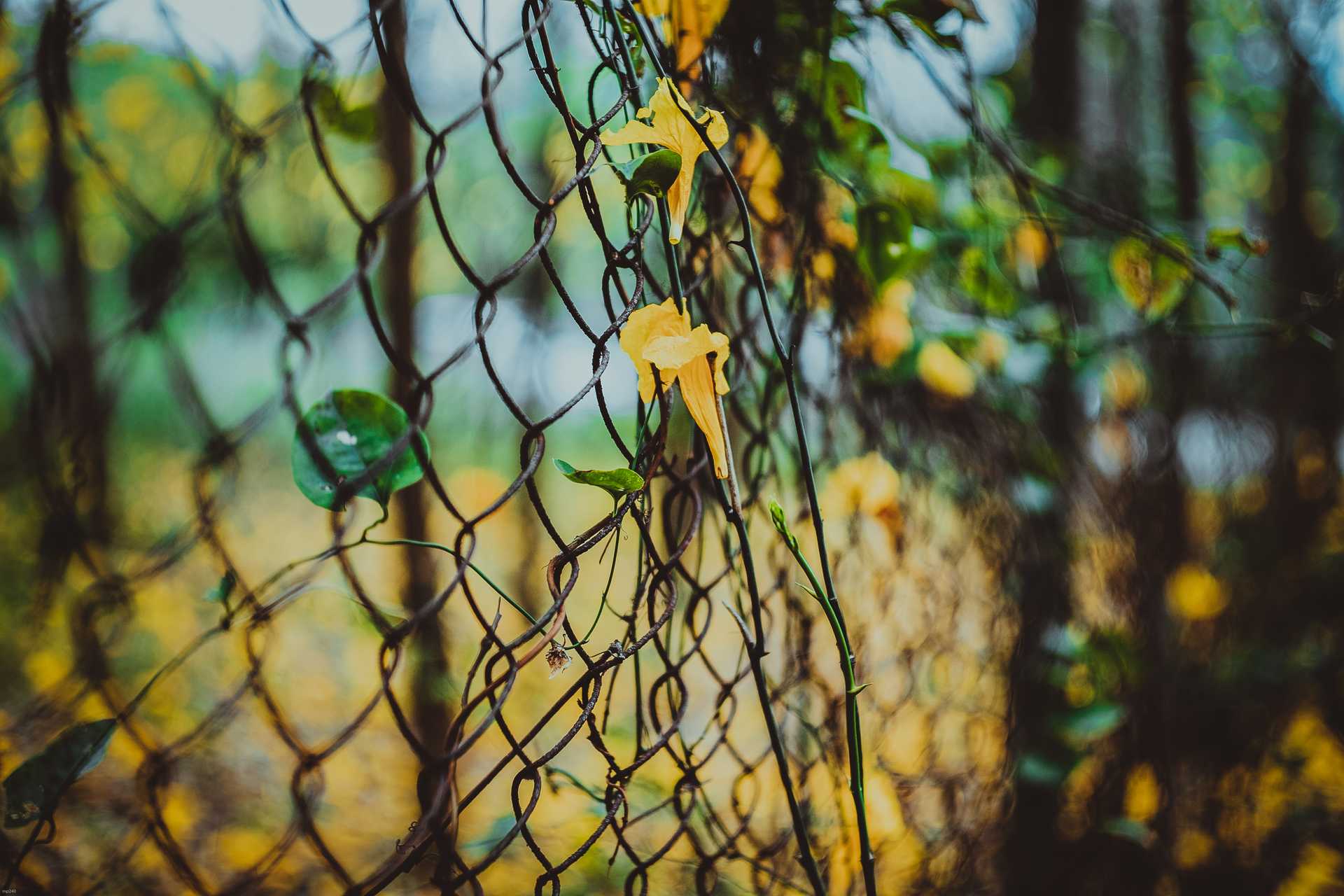
External Links
My link criteria
- external links open in a new tab
- internal links open in the current tab
- all inline links have a branded underline color
Open External Links in new tab
I wanted to do this correctly! I did a bit of research and found that links that open a new tab to a site that is not yours should have a few keywords for the rel attribute I did not experience this back in my working days.
The React component
Before working on the web site, I had worked out some of the styling with Tailwind in a mock-up. I had a component mostly done. Foreshadowing! Even today, as I write this, I think it is confusing the way I have had it.
1import * as React from 'react'2
3const ExternalLink = ({ href, children }) => (4 <a5 href={href}6 className='inline-link border-fadeaway border-primary border-b-2'7 target='_blank'8 rel='noreferrer noopener nofollow'9 >10 {children}11 </a>12)13
14export default ExternalLinkWhat's confusing about that I ask? I'm glad I asked! I've got a few classes in there don't I? Some are certainly Tailwind but some are certainly not! If I'm not using Tailwind for the whole thing, why can't I just use a single class, like inline-link or at least two classes, inline-link and border-fadeaway?
The css
Before jumping ahead to refactoring this thing, what's the CSS that is creating these lovely links?
1.border-fadeaway {2 border-image-source: linear-gradient(3 to right,4 var(--primary) 0%,5 var(--link) 76%,6 transparent 100%7 );8 border-image-slice: 0 0 100 0;9}10
11.inline-link {12 color: inherit;13 font-weight: 700;14 text-decoration: none;15}It sure looks like I could combine these, add border-primary and border-b-2 from Tailwind and my React component would look a heck of a lot cleaner. After thinking about this for a bit, I decided I wanted to keep the two classes separate. With the two classes separate, I can apply the border style to something that is not a link. I was still able to add the Tailwind stuff to border-fadeaway though!
1.border-fadeaway {2 border-image-source: linear-gradient(3 to right,4 var(--primary) 0%,5 var(--link) 76%,6 transparent 100%7 );8 border-image-slice: 0 0 100 0;9 border-color: var(--primary); /* Tailwind: border-primary */10 border-bottom-width: 2px; /* Tailwind: border-b-2 */11}The revised React component
With border-fadeaway handling all the border styles and not worrying about Tailwind here, the React component looks cleaner. A nice task would be to make it a styled-component!
1import * as React from 'react'2
3export const ExternalLink = ({ href, children }) => (4 <a5 href={href}6 className='inline-link border-fadeaway'7 target='_blank'8 rel='noreferrer noopener nofollow'9 >10 {children}11 </a>12)Border fadeaway on the header!
I liked this fadeaway border so much I added it to the Header component!
Ahem, this is my theory... How to win the Stanley Cup
I shout it at my TV a lot but I think I should document it here, in this rarely seen corner of the Internet, where no Sharks coach, GM, or player will probably ever see it.
If the Sharks want to win the Stanley Cup. All they have to do is...Win every game! Easy! Never lose!
🏒 Strategy!
Attributions
Photo by Kenny Luo (@kennyluoping) on Unsplash
Actual border styling heavily influenced by Monica Powell. I tried my best to be influenced by her and not just out-and-out steal it.